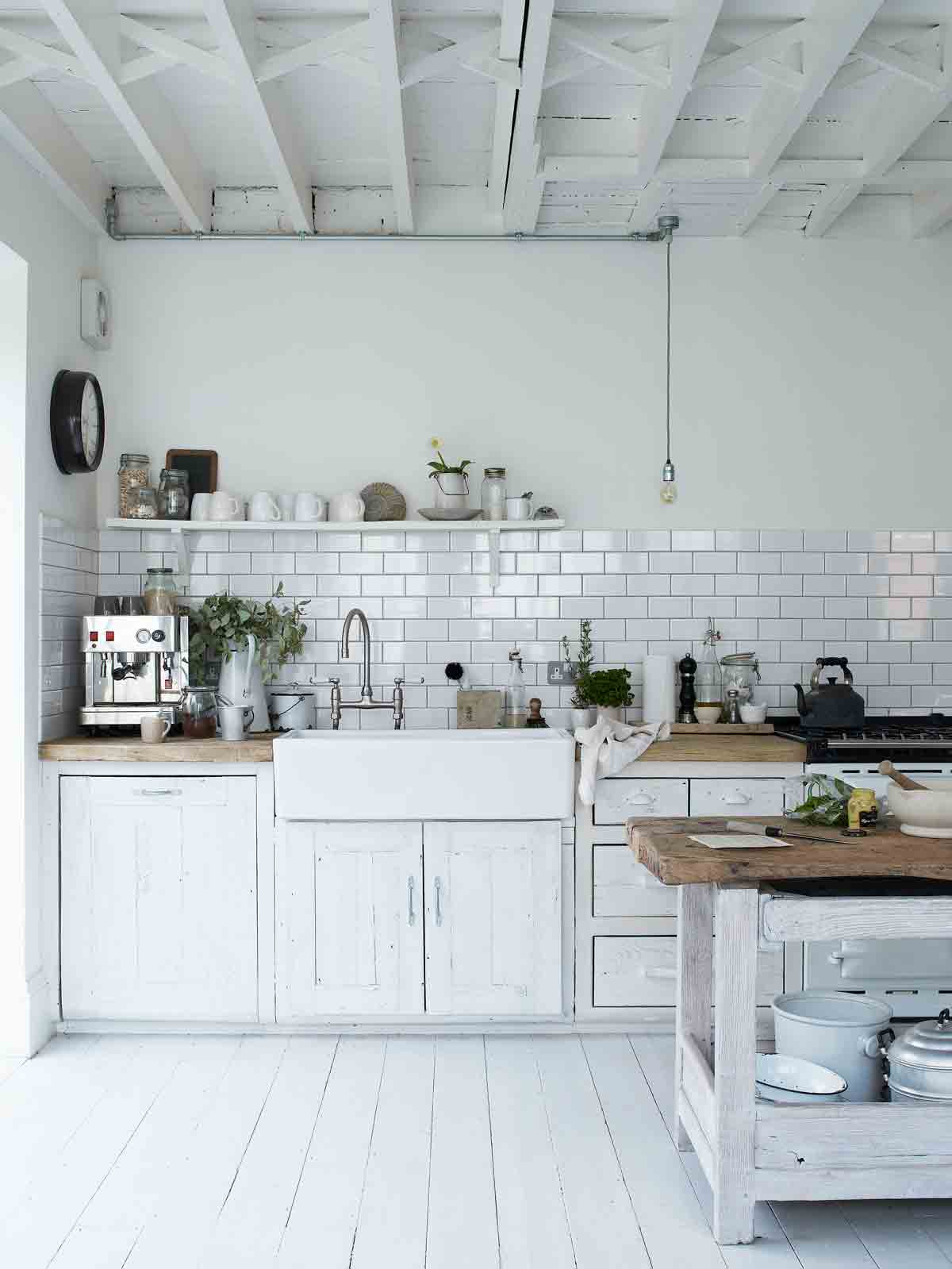Style Classic: Butler Sink
A design that has stood the test of time: butler sinks have been a feature in British homes since the mid-1700s. Over time, they have - quite literally - gone up the world though - today they are fitted into modern kitchens but they started out below ground level, out of sight in the basement (along with other practical fittings) in the servants' domain. Fitted into the butler's pantry, they were a standard feature of the upstairs-downstairs style homes (familiar to us thanks to period dramas such asDownton). The butler, responsible for wine and service, needed his own sink away from the hubbub of the scullery; in many households he was custodian of the family silver, which he washed and polished in his quarters to remove the temptation to pinch a fork or two from rest of the staff.

The mystery surrounding these sinks stems from the butler vs Belfast debate, as the two – at first glance – seem indistinguishable. The key visual difference is the weir overflow. At the time of original production, cities in the UK had a sanitation officer responsible for taps and sinks in his domain.Belfast had an ample water supply, so an overflow was incorporated into the design, whereas London, built on clay, suffered water restrictions and no wastage was permitted. London sinks were traditionally also slightly shallower for the same reason. There’s a third arrival to the party that’s worth a mention: the French farmhouse sink, first seen around 1900, ever so slightly more elegant thanks to the slimmer profile afforded by better-quality French clay.
Details:Fired Earth sells butler sinks, from £340.
The Livingetc newsletters are your inside source for what’s shaping interiors now - and what’s next. Discover trend forecasts, smart style ideas, and curated shopping inspiration that brings design to life. Subscribe today and stay ahead of the curve.
The homes media brand for early adopters, Livingetc shines a spotlight on the now and the next in design, obsessively covering interior trends, color advice, stylish homeware and modern homes. Celebrating the intersection between fashion and interiors. it's the brand that makes and breaks trends and it draws on its network on leading international luminaries to bring you the very best insight and ideas.